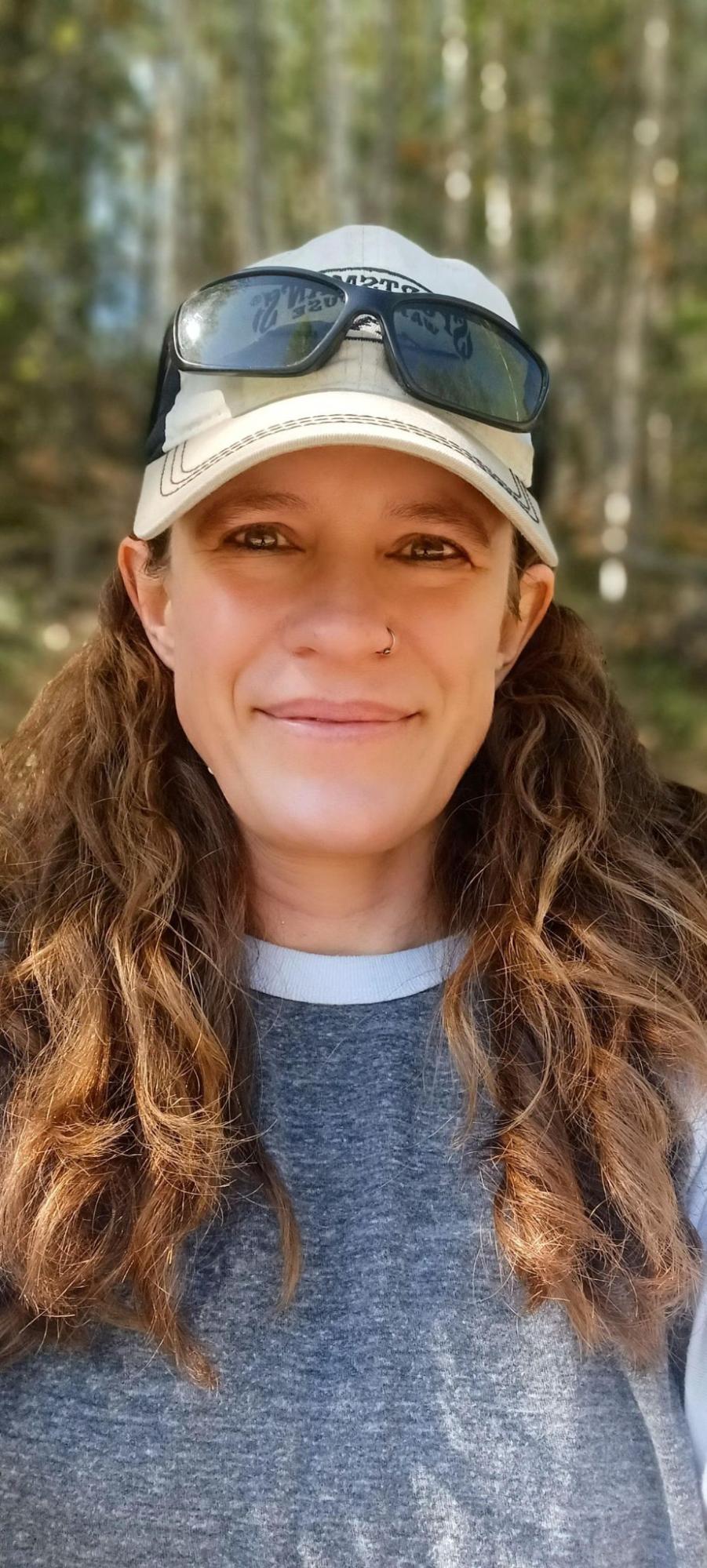Tolerating distress and regulating emotions in research
Julie Stricker
907-474-5406
Dec. 16, 2022

Jessie Young-Robertson
Boreal forest ecologist and clinical mental health counselor Jessie Young-Robertson understands the stress that can accompany field work in remote settings. When researchers end up at a field station or on a research vessel, it may not be possible to get space when experiencing the mental and emotional distress that comes with daily living and doing a difficult job.
É«ĘÓƵĎÂÔŘśScience is hard, particularly in remote settings,É«ĘÓƵĎÂÔŘť said Young-Robertson, a University of É«ĘÓƵĎÂÔŘ Fairbanks researcher who is presenting a paper on the topic at the 2022 American Geophysical Union meeting.
É«ĘÓƵĎÂÔŘśI think people struggle with managing distress in general,É«ĘÓƵĎÂÔŘť she said. É«ĘÓƵĎÂÔŘśAnd I think sometimes we have a habit of not treating ourselves or each other very well when weÉ«ĘÓƵĎÂÔŘ™re experiencing distress.É«ĘÓƵĎÂÔŘť
Young-Robertson noted that distress is different from stress.
É«ĘÓƵĎÂÔŘśDistress is like a really big feeling and a moment that is hard to manage,É«ĘÓƵĎÂÔŘť she said. É«ĘÓƵĎÂÔŘśIt could be anger; it could be a big burst of anxiety. ItÉ«ĘÓƵĎÂÔŘ™s usually due to something stressful occurring, like equipment breaking, things not going as planned or interpersonal struggles. Long-term distress tolerance or management is emotion regulation.É«ĘÓƵĎÂÔŘť
Sometimes when people are in distress, they may do unhelpful things like yell at a colleague or a student, she said. É«ĘÓƵĎÂÔŘśThat has no place in the workplace.É«ĘÓƵĎÂÔŘť Unmanaged distress can also negatively impact our mental health.
É«ĘÓƵĎÂÔŘśI think one of the barriers to being inclusive and diverse is that we donÉ«ĘÓƵĎÂÔŘ™t talk enough about interpersonal and mental health,É«ĘÓƵĎÂÔŘť Young-Robertson said. É«ĘÓƵĎÂÔŘśWe donÉ«ĘÓƵĎÂÔŘ™t see the world as it is, we see it as we are.
É«ĘÓƵĎÂÔŘśAnd there are some tools that we can use for ourselves to get through the moment and manage things a little bit differently,É«ĘÓƵĎÂÔŘť she said. Mindfulness aimed at distress tolerance is one of the most accessible tools people can use in remote research environments.


